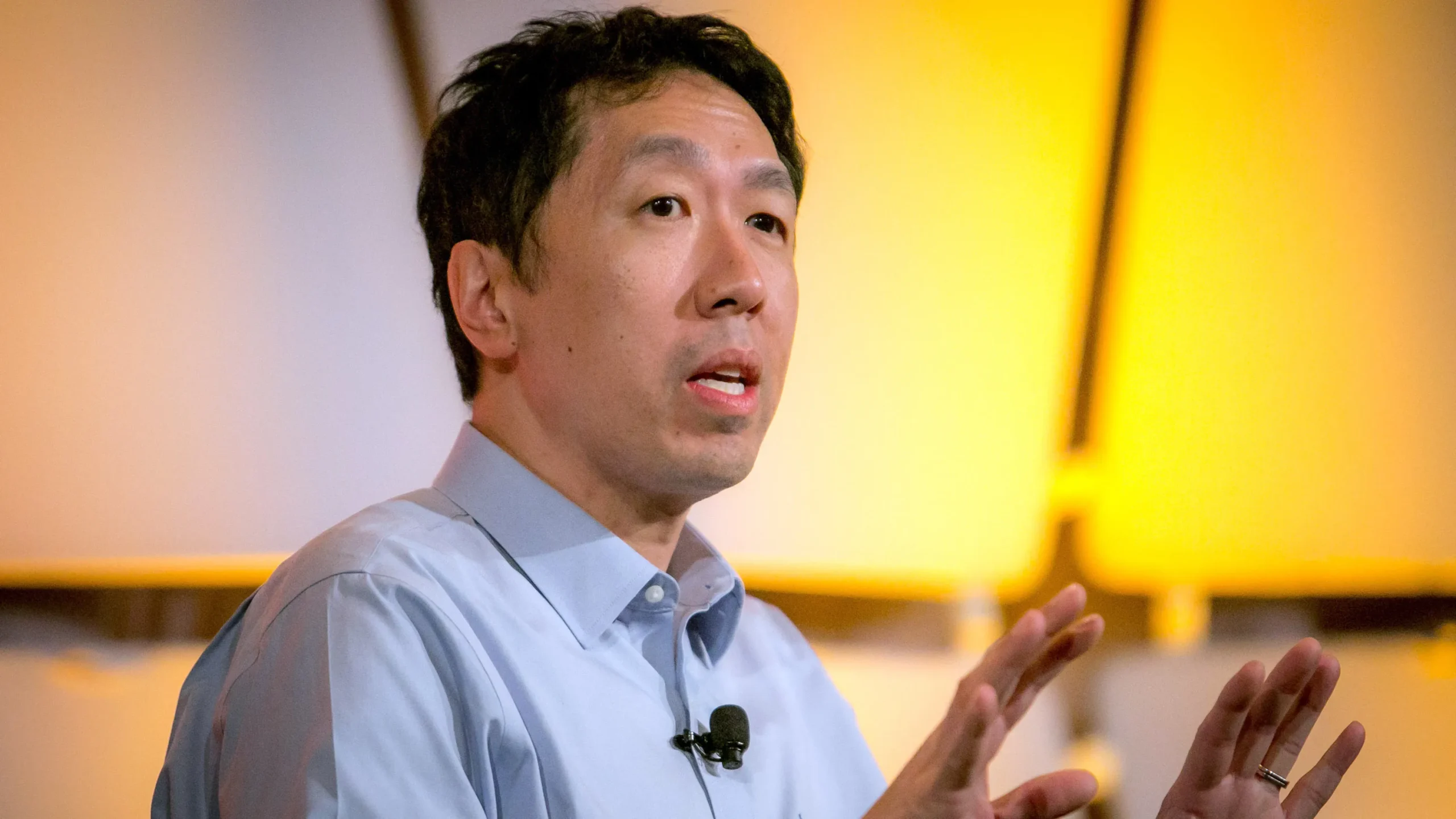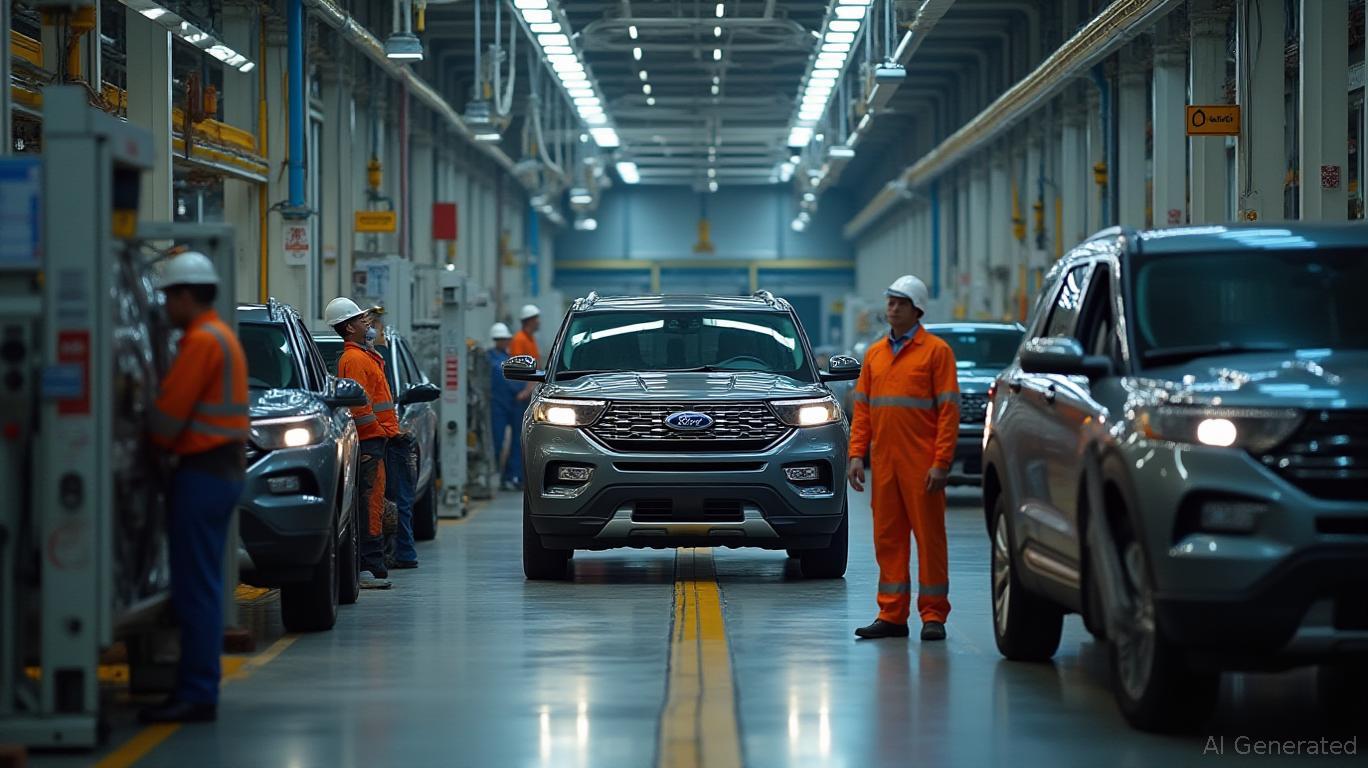
Andrew Ng: AI Coding Demands Deep Thought, Not Casual Play
AI pioneer Andrew Ng has taken aim at the phrase “vibe coding,” calling it an unfortunate label that misrepresents the true effort behind using artificial intelligence to write software. In a recent keynote at the LangChain Interrupt conference, Ng argued that guiding AI to produce working code demands the same level of deep technical insight as writing code by hand, and often leaves him quite exhausted by day’s end. Ng noted that some people treat “vibe coding” as a casual pastime, a low stakes project you tinker with on weekends. He said that idea stems from comments by OpenAI co-founder Andrej Karpathy, who once suggested that you could “fully give in to the vibes” and let AI handle the details. Yet Ng said that view glosses over the need to craft precise prompts, to inspect the AI output, and to debug flaws. He explained that you must build a strong foundation in programming to guide the machine well and to spot mistakes on your own. At the heart of Ng’s talk was a call to preserve solid coding skills even as AI tools gain ground. He compared knowing how to program today to reading and writing some years ago: a basic skill that powers most jobs. He said that good code knowledge helps you work faster with AI and gives you the tools to fix or improve any code you get back. He stressed that AI should act as an extension of human effort and not as a replacement for core technical skills. Several experts have noted that the term “vibe coding” has taken on a life of its own, pushing a false idea that AI makes coding an effortless activity. Karpathy’s original description aimed at project prototypes and small experiments, not at serious work. Longtime developer Simon Willison added that true AI-assisted development requires structure, testing, and review, and that it has little in common with pure play. Critics worry that a loose view of AI coding may lead newcomers to underestimate the craft involved. They fear that if every AI experiment gets lumped under the banner of vibe coding, people might miss how much care goes into prompt design, code review, and validation. Some argue that healthy skepticism and critical thinking remain vital, even when a machine writes the bulk of your code. Industry leaders also stress that AI cannot erase the need for human judgment. Google’s head of research reported that the company now sees AI generate more than a quarter of its new code, yet hired teams still spend hours each day scrutinizing that output. He pointed out that developers must know what good code looks like to accept or reject an AI suggestion. In his view, learning to code remains the surest way to build the intuition needed for that task. Looking ahead, Ng urged developers to view AI as a partner that amplifies their work. He said that mastering both AI and traditional coding will open doors to faster innovation and more robust software. He closed his talk by saying that anyone who expects AI to write flawless programs on its own will find themselves returning to basics sooner than they imagine. The debate over vibe coding has sparked fresh discussion about how to teach programming in a world where AI can draft entire functions in seconds. Ng’s position stands in contrast to those who hail AI as a shortcut to skip manual effort. Instead, he offered a reminder: smart prompts and careful review require the same sharp mind that a coder brings to every problem. In his view, true progress lies not in letting machines do all the work but in teaming up with them to solve harder challenges than ever before.








